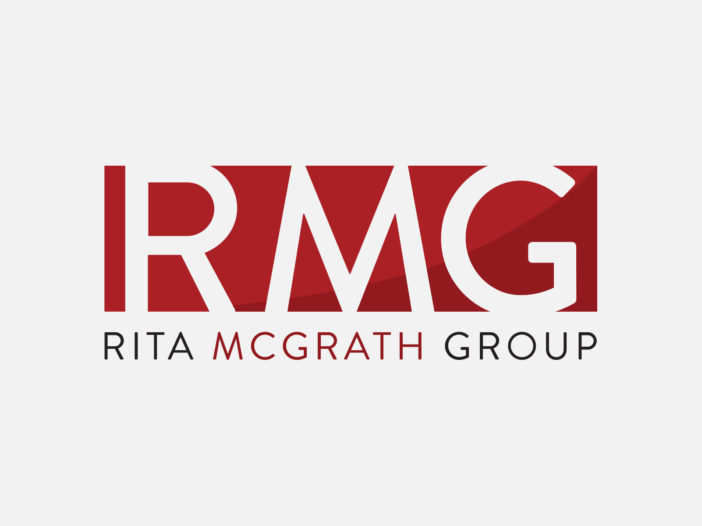
In the book MarketBusters, we strongly encourage would-be growth companies to give some careful thought to the forces that might lead to delay or resistance as the new initiatives are rolled out. One of our poster children for this was Mosanto, whose genetically modified seeds created a firestorm of opposition, particularly in Europe, as the products were launched. In 2002, the company’s stock price dropped by 50% and it announced a $1.7 billion loss, due largely to its inability to overcome the opposition of critics, who included Paul McCartney and Prince Charles among their number.
From this seemingly-hopeless situation, Monsanto has been able to stage a comeback by deploying what you might think of as a ‘stealth’ strategy.
Since their seeds are much easier and cheaper to grow than traditional seeds, Monsanto has found farmers to be quite receptive to their introduction. Farmers fall into a totally different category than consumers—the benefits are huge, and to them, the risks are small. The result is that today 7% of the world’s entire farmland acreage is now planted with genetically modified crops. As Business Week points out, “the battle over genetically modified food is being won not in scientific journals but on the ground.” To access the article click here.
Achieving this success took real, hard, strategic thinking. For one thing, the company halted investments in food for people and focused instead on just four commodity crops: corn, soybeans, cotton and canola. The outputs of these crops go mostly into animal feed or biodiesel, markets which opponents are not able to muster much interest in. Simultaneously, the customers – farmers – for the genetically modified crops stand to benefit enormously from their use. Through this focus, Monsanto has been quite effective in lowering the profile of the whole genetic modification debate. Potential opponents have to some extent, simply lost interest.
